| Plant Habit: | Shrub |
| Life cycle: | Perennial |
| Sun Requirements: | Full Sun Full Sun to Partial Shade Partial or Dappled Shade Partial Shade to Full Shade |
| Water Preferences: | Mesic |
| Soil pH Preferences: | Slightly acid (6.1 – 6.5) Neutral (6.6 – 7.3) |
| Minimum cold hardiness: | Zone 4a -34.4 °C (-30 °F) to -31.7 °C (-25 °F) |
| Maximum recommended zone: | Zone 9b |
| Plant Height: | 15 to 18 feet |
| Plant Spread: | 10 to 12 feet |
| Leaves: | Good fall color Deciduous |
| Fruit: | Edible to birds |
| Fruiting Time: | Late summer or early fall Fall |
| Flowers: | Showy Inconspicuous Other: The male flowers are quite noticeable, the female flowers are very tiny and hard to see. |
| Flower Color: | Brown Other: Very tiny red female flower. Brown catkins (male flower) in winter, turning cream colored when they open up in the spring. |
| Flower Time: | Late winter or early spring |
| Uses: | Windbreak or Hedge |
| Edible Parts: | Fruit |
| Wildlife Attractant: | Birds |
| Propagation: Seeds: | Self fertile Other info: Easily started from the unshelled nut. |
| Propagation: Other methods: | Offsets |
| Pollinators: | Wind |
| Containers: | Not suitable for containers |
| Miscellaneous: | Monoecious |
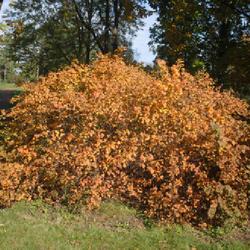

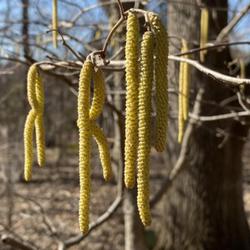
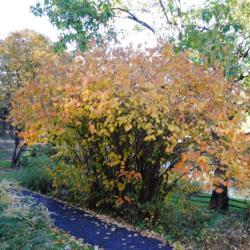


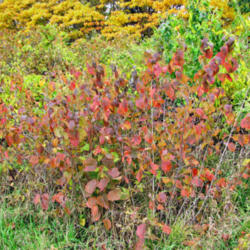
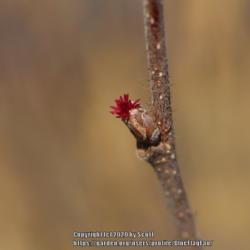
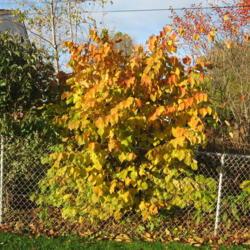
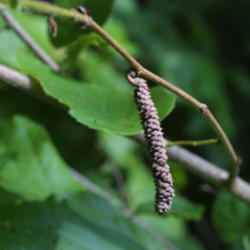

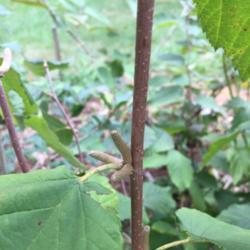
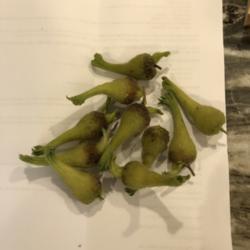
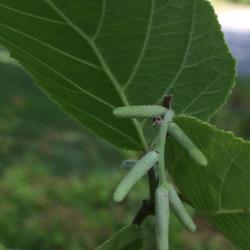
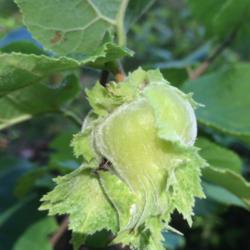
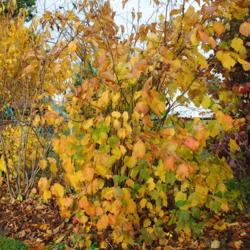
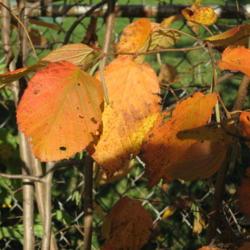
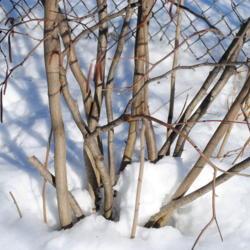
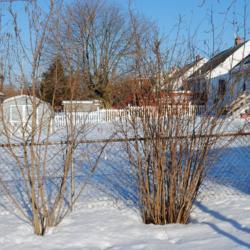
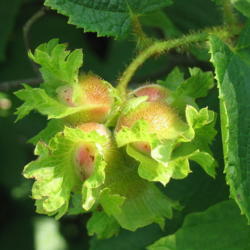
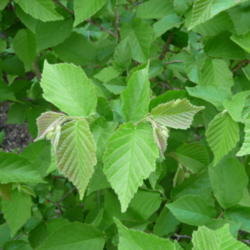
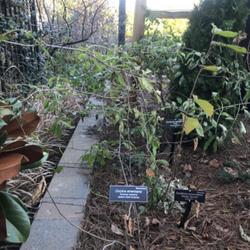
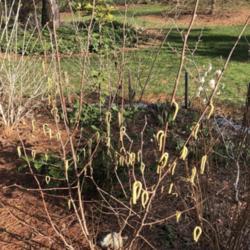
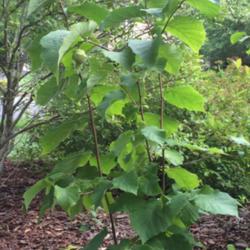

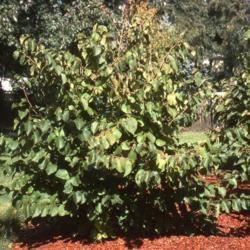
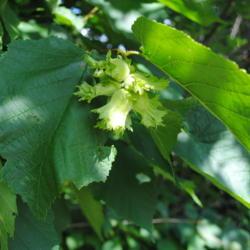
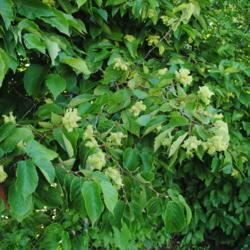

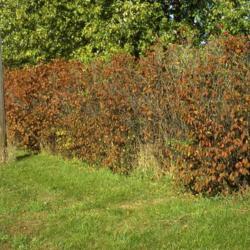
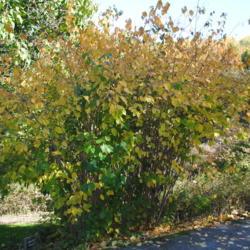
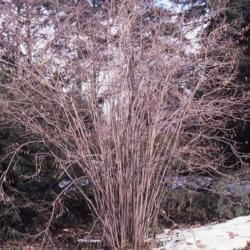
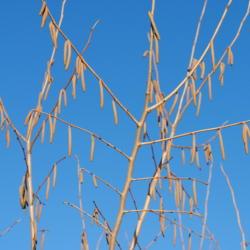
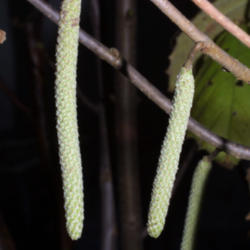



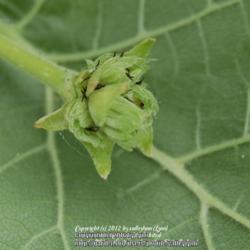
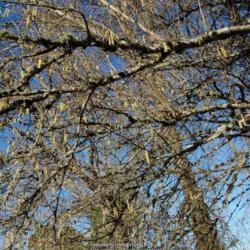
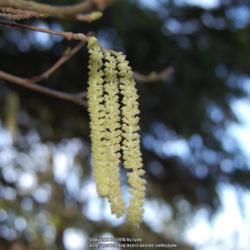
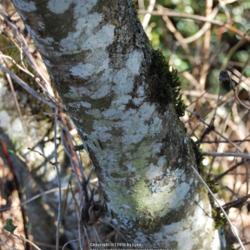
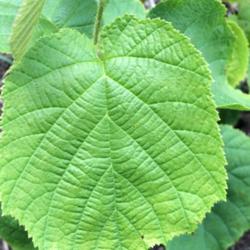
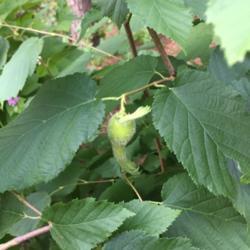
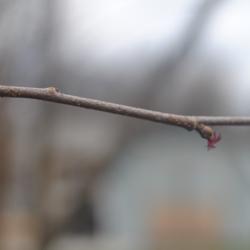

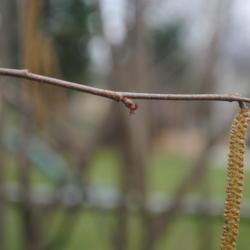
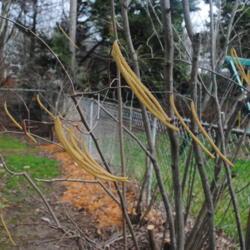
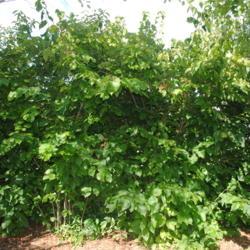
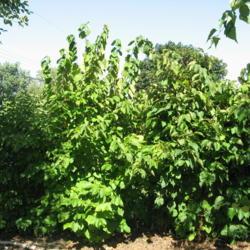
| Retro67 | On April 14, 2023 | Transplanted Planted 4 of these bare root. 3 surviving as of this entry. |
| Thread Title | Last Reply | Replies |
|---|---|---|
| Tree? by Cyclaminist | Apr 30, 2016 11:03 AM | 3 |